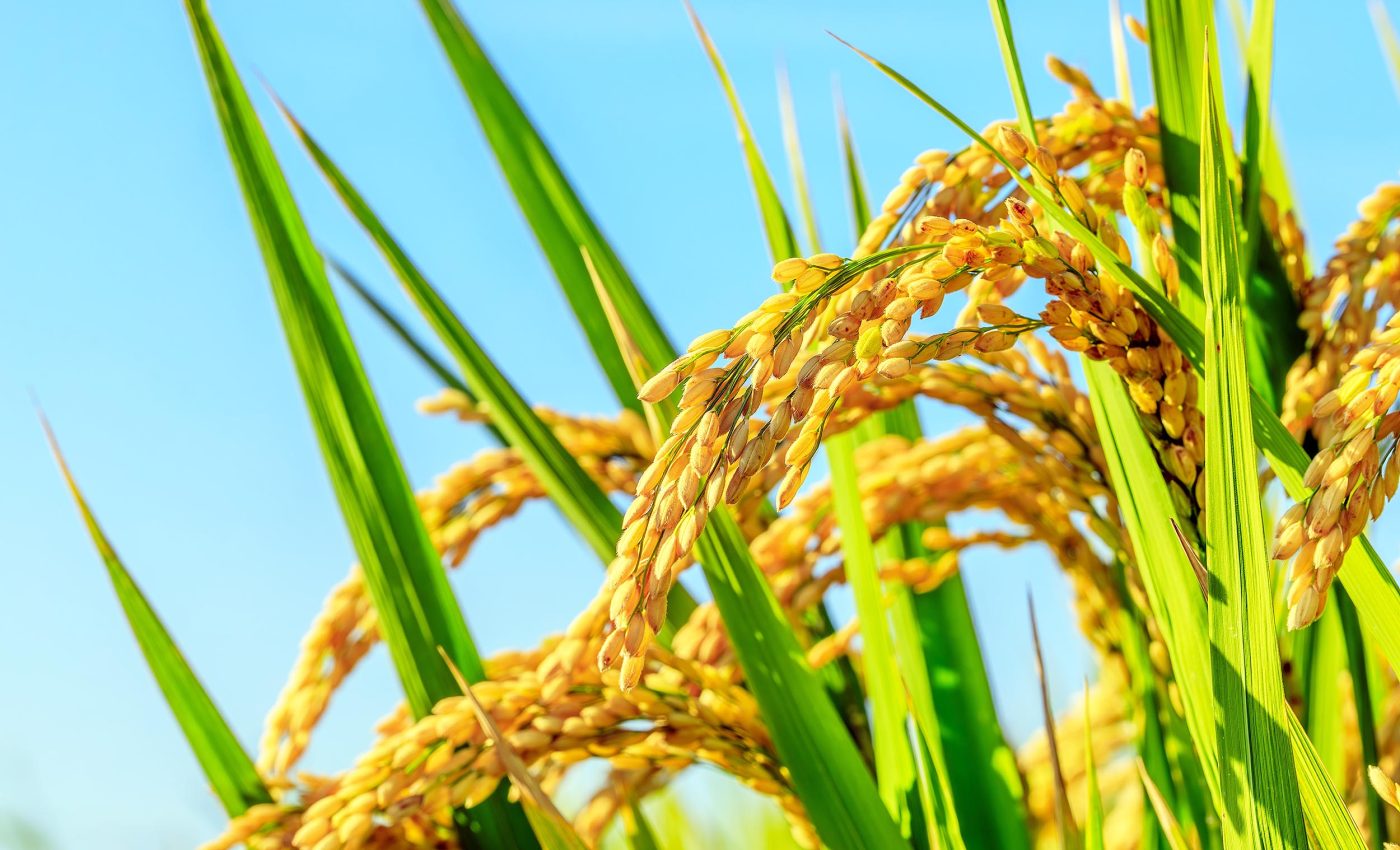
Altering rice DNA improves its growth rate and could end world hunger
Rice plants run on sunlight, but they don’t always use that light wisely. A new study shows that gently rewriting their control code can raise the crop’s natural photosynthetic output and set the stage for sturdier harvests.
Dhruv Patel-Tupper and colleagues from the Innovative Genomics Institute, at the University of California Berkeley, used CRISPR/Cas9 to rearrange short stretches of regulatory DNA upstream of a single rice gene, PsbS, and watched the plant ratchet up its own protein levels without a trace of foreign genetic material.
Why rice deserves attention
One fifth of global calorie intake comes from rice, making the grain an irreplaceable safety net for billions.
Demand is rising fastest in regions already grappling with water scarcity and erratic weather, so every extra ounce harvested from existing fields matters.
Nearly 733 million people faced hunger in 2023, a number the United Nations calls “stubbornly high” despite record food production. Rice yields have climbed, yet the pace of improvement has slowed as breeding hits biological ceilings.
Scientists have long known that the photosynthetic efficiency of most crops leaves room for improvement.
A plant typically dissipates excess light as heat to avoid damage, a safety valve called non photochemical quenching that is governed by PsbS.
Earlier transgenic experiments in tobacco showed that overexpressing PsbS tightened water use by 25 percent under field conditions. Those gains hinted that dialing up the same gene in rice could lift both radiation use efficiency and yield.
Tweaking the genetic dimmer switch
Traditional genetic modification bolts new genes into the genome, but that triggers lengthy regulation in many countries.
The Berkeley team instead targeted the cis regulatory DNA that behaves like a dimmer, deciding when and how strongly a native gene turns on.
“Tools like CRISPR/Cas9 are accelerating our ability to fine tune gene expression in crops, rather than just knocking out genes or turning them ‘off’,” said Patel-Tupper.
Their goal was audacious: increase expression rather than knock genes out, a harder trick because nature already keeps useful genes near optimum.
Eight CRISPR guides cut flanking regions of the promoter and 5′ untranslated zone, letting the plant’s own repair machinery shuffle fragments.
In about one percent of edited seedlings a segment flipped orientation, an inversion that unexpectedly turbo charged PsbS transcription two to threefold.
“The changes in the DNA that increased gene expression were much bigger than we expected,” noted Patel-Tupper.
Protein assays confirmed matching surges in PsbS abundance, while RNA sequencing found only 104 other genes nudged, less than 0.2 percent of the genome.
From lab bench to paddy field
Greenhouse tests under intense red light showed that boosted PsbS plants dissipated extra energy faster yet kept carbon intake steady.
Higher non photochemical quenching trimmed peak leaf temperatures, a side benefit that may shield crops during heat spikes.
Gas exchange measurements revealed an 11 percent jump in intrinsic water use efficiency, echoing earlier tobacco work. More efficient stomatal behavior means the plants release less water vapor per molecule of carbon dioxide captured.
Importantly, whole plant growth and grain fill matched or exceeded unedited controls when plants were raised to maturity in a sunlit glasshouse.
That finding suggests the added photoprotection does not exact a penalty under moderate light, unlike some transgenic overexpression lines that ran short on energy.
The team’s long read sequencing traced the top performing allele to a 252 kilobase duplication inversion that left neighboring genes intact.
Such large but surgical edits were once thought rare, new long read data imply they may be surprisingly common outcomes of CRISPR breaks in repetitive regions.
Regulatory shortcuts and farmer benefits
Because the edit rearranges native DNA and removes the CRISPR machinery through breeding, U.S. regulators classify the resulting line as non regulated, clearing a quicker path to field trials.
Many countries follow a similar product based standard, so farmers could see seed in seasons rather than decades.
The work also sidesteps public unease over “foreign genes.” Consumers get a variety that is genetically rice through and through, differing only in how vigorously one natural gene is read.
For breeders, the allele behaves like any conventional trait: it can be crossed into local varieties without lingering transgenes.
That flexibility is crucial in Asia, where more than 200,000 distinct rice cultivars are grown across diverse soils and climates.
A modest step against hunger
On its own, a two fold PsbS boost will not erase global hunger, yet stacking this trait with other edits that cut photorespiration or improve nitrogen uptake could compound gains.
Computational models from the RIPE consortium predict that integrating several photosynthetic tweaks might raise rice yields 20 percent under fluctuating field light.
Even incremental efficiency matters when climate extremes threaten harvests and irrigation water shrinks. If each percentage point in yield shields a few million people from calorie deficits, the payoff scales quickly.
Future efforts
The study also offers a template for editing upstream DNA of other single copy photosynthetic genes, many of which sit idle at midday when stress peaks.
Moving beyond random mutagenesis into rational promoter refits could unlock traits breeders never dared chase before.
Patel-Tupper sees a broader lesson: plants tolerate large rearrangements far better than animals, providing engineers with unusual genomic “wiggle room.”
Harnessing that plasticity responsibly may accelerate the shift toward climate smart agriculture without sparking regulatory gridlock.
The study is published in Science Advances.
—–
Like what you read? Subscribe to our newsletter for engaging articles, exclusive content, and the latest updates.
Check us out on EarthSnap, a free app brought to you by Eric Ralls and Earth.com.
—–













